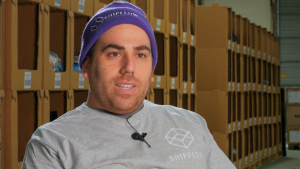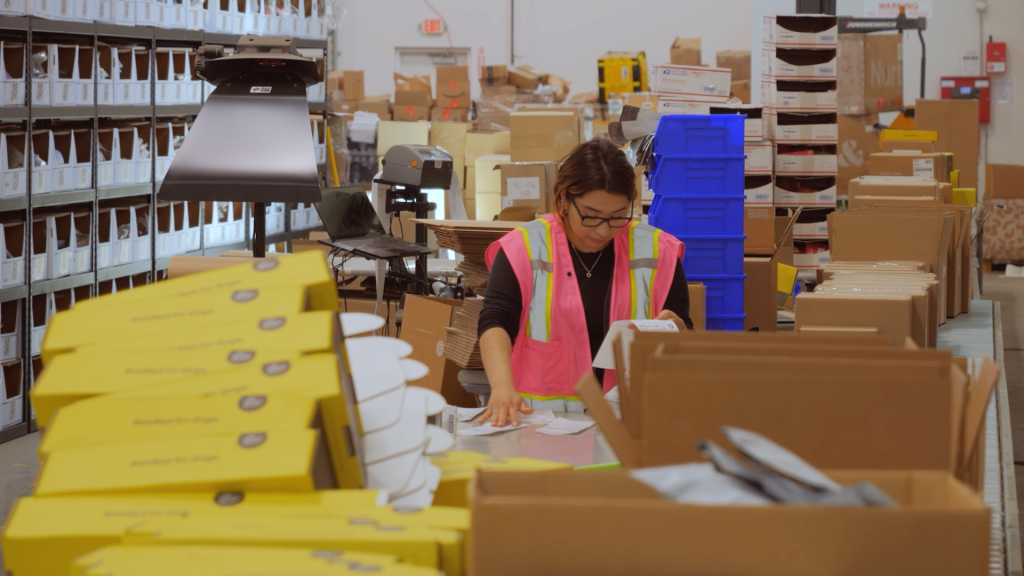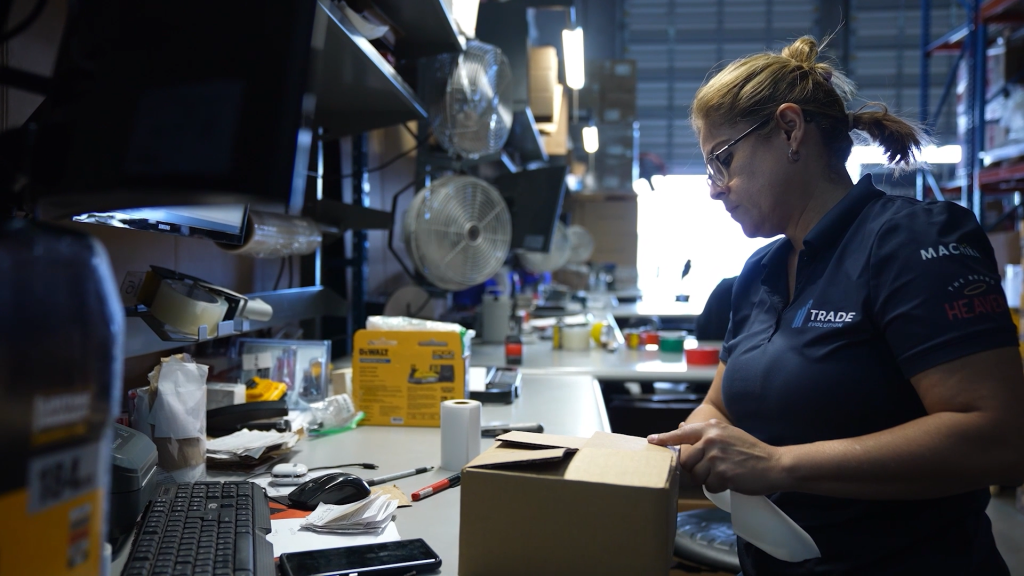ShipFlow

Client since: 2023
Uses: Sellercloud, Skustack, Skublox, Waytopay.me
Industry: 3PL – Third Party Logistics
Founded: 2023
Headquarters: New Brunswick, NJ
Company size: 11-50 employees
Types of items sold: 3PL service for products of all sizes and categories.
“I don’t think I would be able to run a 3PL or even run my own brand without Sellercloud.”
Ezra Avidan, CEO, ShipFlow
Before Sellercloud
Starting a 3PL company was far from what the Avidan brothers planned to do a little more than a decade ago. It all began when ShipFlow CEO Ezra Avidan founded an ecommerce business called ‘Floopi’ with brothers David and Jack in Brooklyn, New York, under their parent company, Adir Group. Business was good and remains so today. The trio imports women’s, men’s, and kid’s footwear from Asia and sells it on Amazon, Walmart, and various other marketplaces.
However, early on, Floopi had a horrible incident with a 3PL that lost its inventory. They were also deeply disappointed with the 3PL’s poor communication and the system it used. The experience led the brothers to take the whole logistics operation in-house. Meanwhile, Floopi continued to grow rapidly and moved to a 50,000 sq ft warehouse in New Jersey for more space.
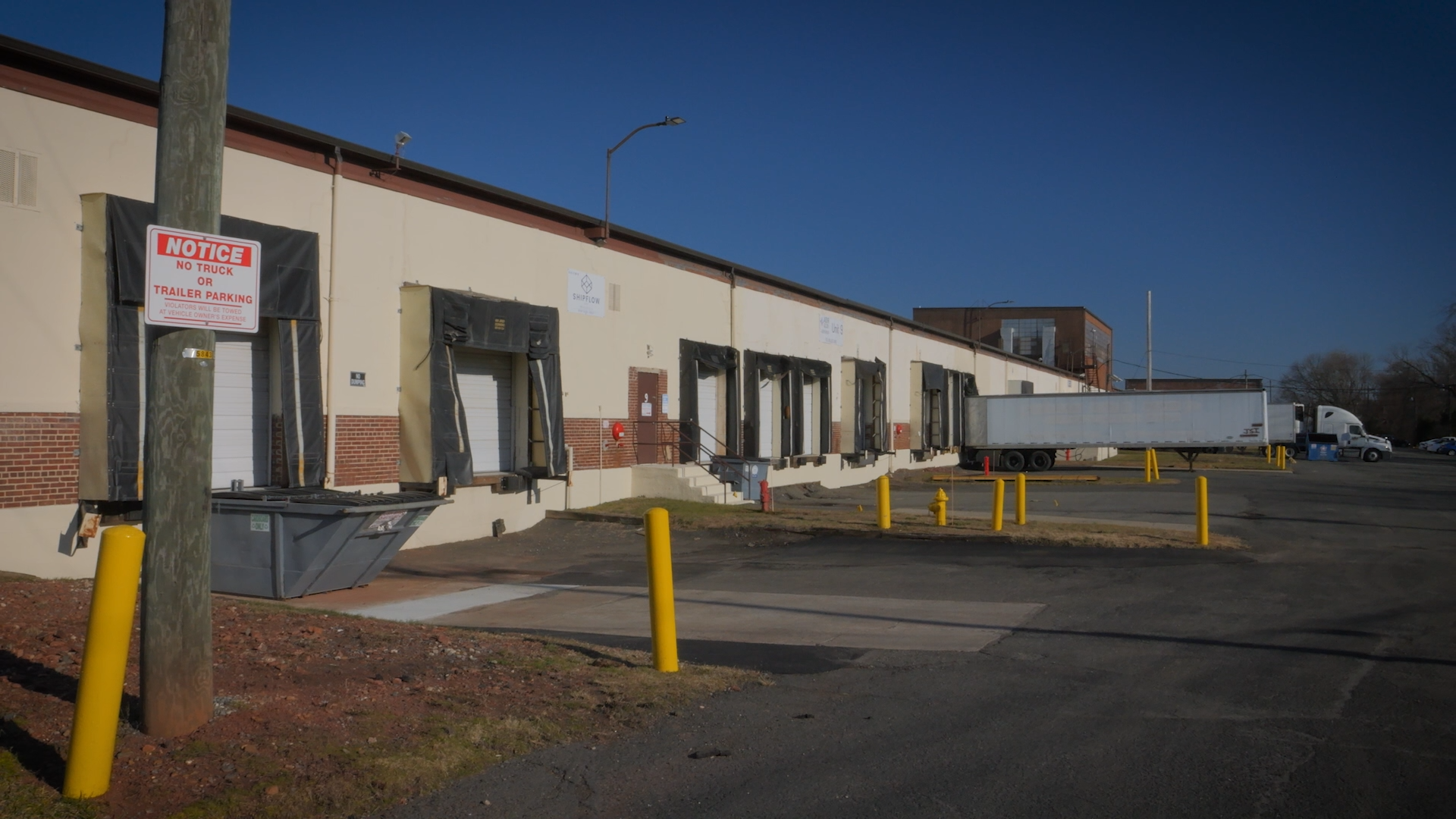
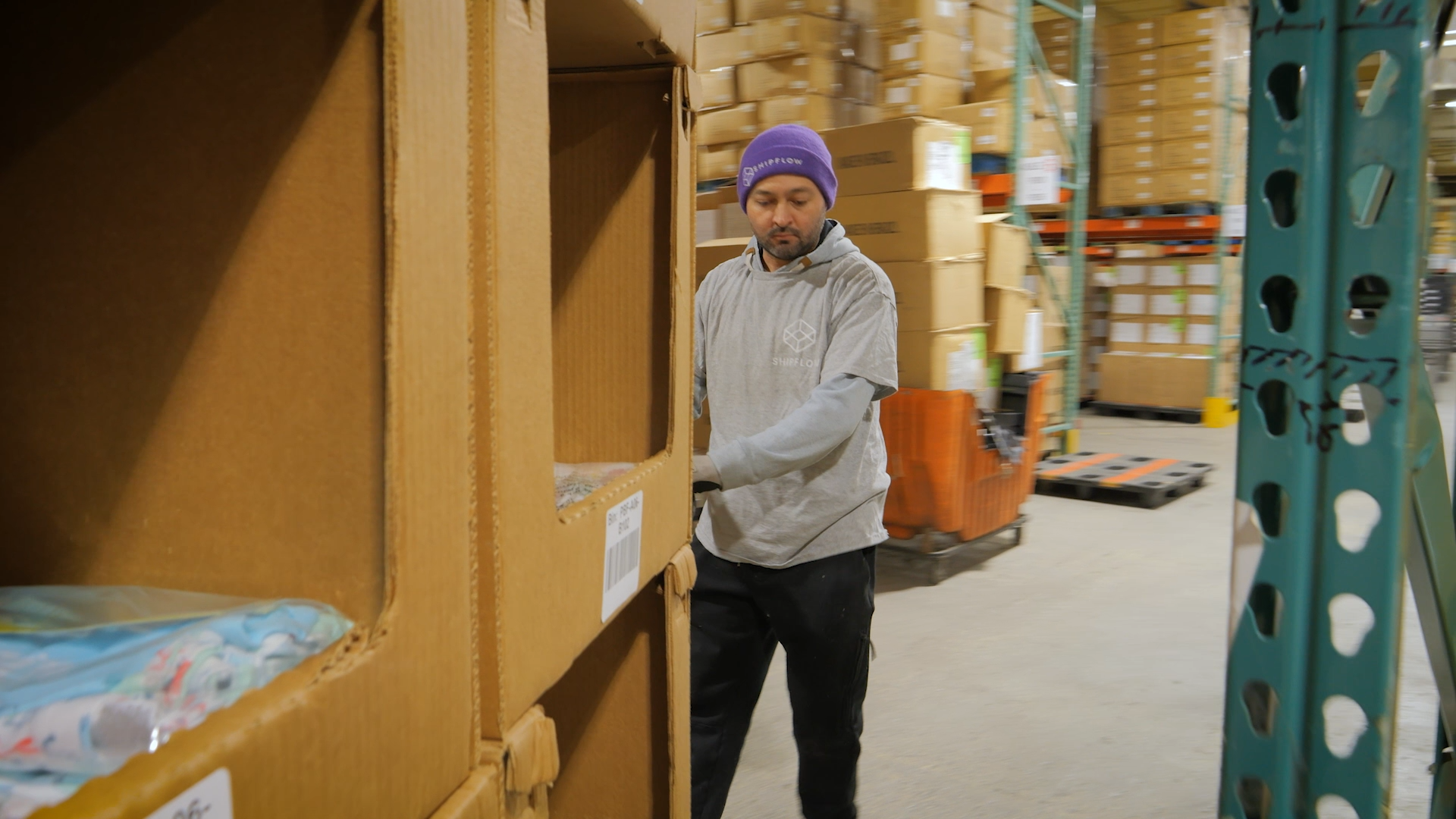
It wasn’t until they had a friend whose B2C business needed help with third party logistics that the brothers ever considered getting involved in the 3PL industry. Ezra gladly offered to help them manage their logistics, and an idea soon popped into his head. After speaking to his brothers, he asked: “Why don’t we offer this to other people?” They already had the space and employees to offer the service, and ShipFlow was born!
News of their 3PL business spread by word of mouth, and brands started to reach out. Businesses liked that ShipFlow were also brand owners and understood their needs better than larger corporate 3PLs. Today, they describe ShipFlow as a ‘multichannel ecommerce 3PL.’
The Challenge
ShipFlow knew they could not run such an ambitious 3PL business without a comprehensive system. Handling thousands of orders and SKUs for multiple brands without a system is impossible. Ezra and his brothers had used a clunky ‘dinosaur’ system with their brand Floopi and knew that such a solution was not the right option for their 3PL business. “We would have to sync it with the Internet after every movement we do, which was horrible,” said Ezra.
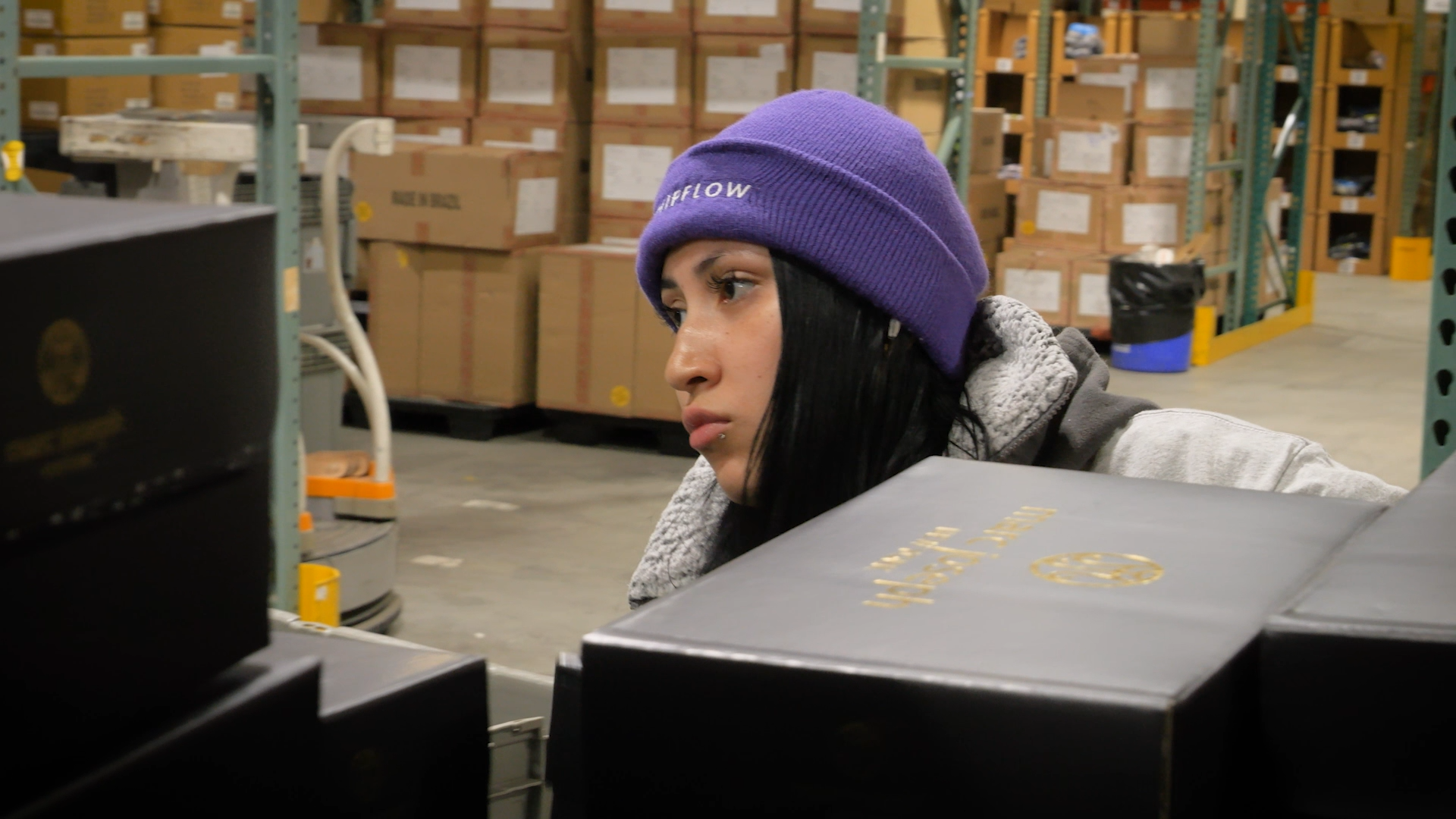
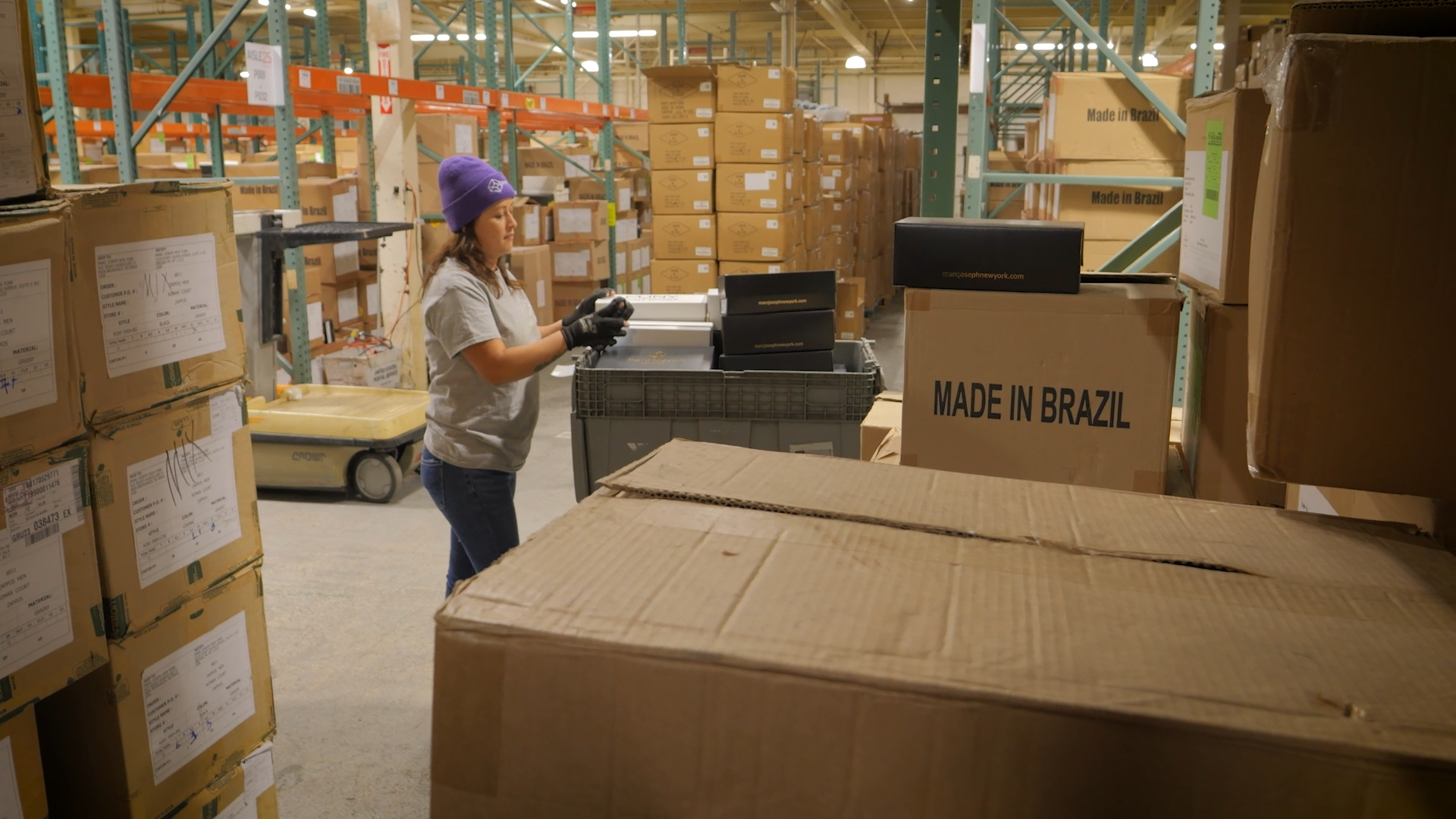
Aside from wanting to avoid dated systems, ShipFlow wanted to offer brands transparency and control over how their orders were being managed. “All brands are different,” Ezra explains, “We’re not controlling their business. We can’t change their business. We have to change for them.” This meant that the solution they chose needed to be flexible. It needed to be a solution that could be customized to create different rules to accommodate all their clients.
Another critical thing ShipFlow wanted to do was take human error out of the equation. ShipFlow wanted a system that didn’t require employees to think when picking and processing orders. Something that directed where and what to do with orders to minimize the potential for mistakes, speed up operations, and not take long for short-term employees to learn around the holiday season.
The Solution
Ezra and his brothers were very familiar with the different software options available. “I looked at a lot of other softwares. I looked at softwares that other people use,” said Ezra, but none of them had what they needed. However, ShipFlow didn’t have to look far for their ideal solution. “We’ve been working with Sellercloud even before we opened up our 3PL,” Ezra reveals. In fact, Sellercloud was a key part of Floopi’s success. They were already familiar with the customization that Sellercloud offered and realized how effective it would be for their 3PL business. Ezra highlights three things that Sellercloud balances that make it an excellent option for their business—user-friendliness, powerful system, and flexibility.
Customization was vital for ShipFlow to enable its merchants to control how their business is run. From simple things like enabling merchants to easily ship orders to FBA (Fulfillment By Amazon) to much more complex tasks. “The automation that we can set up for them, and they could do it themselves as well, it’s just endless,” said Ezra. ShipFlow could enable their merchants to use Sellercloud’s scheduled tasks, Order Rule Engine, rate shopping, and custom queries to create rules for their business to run how they need it to. Their merchants never have to reach out and ask; they can do it all themselves.
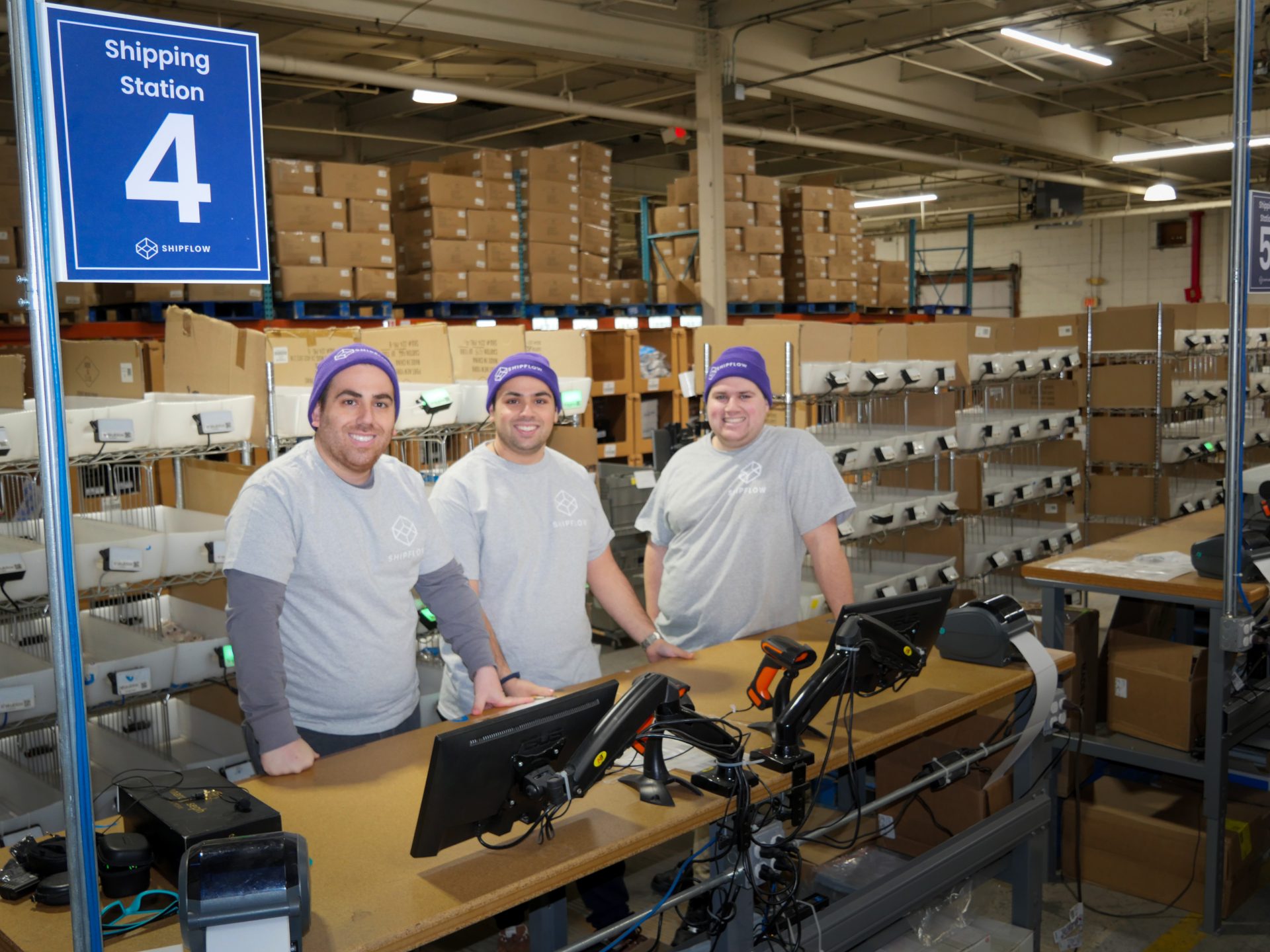
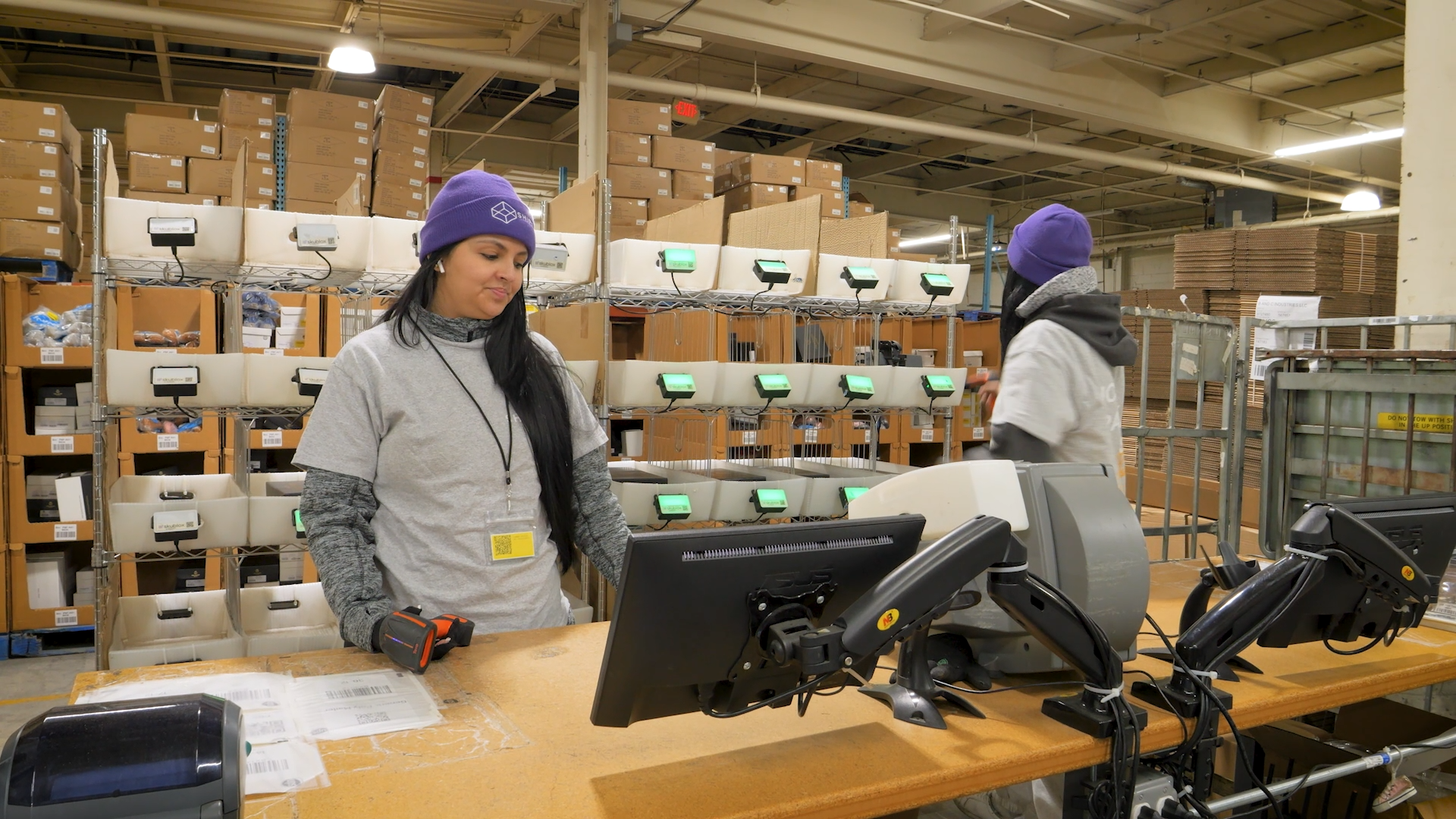
The level of customization Sellercloud offers allowed ShipFlow to automate many of its shipping processes. “The main thing that we customized for our brand and for ShipFlow is no touch,” Ezra tells us. By ‘no touch,’ he means that rules can be applied, and the system automatically handles things to reduce manual labor. “We have QR codes for each package so we know what package was used, and then the label comes out, it has the weights, it has everything,” said Ezra. Workers at ShipFlow don’t have to manually enter anything, as the system already captures all the information they need.
One feature ShipFlow really loves about Sellercloud is its Order Rule Engine, which allows them to automate actions when configured conditions are met. It has allowed them to automate many rules for their customers. “We had a brand come to us and tell us, hey, any order that’s over $500, please switch the carrier to UPS Ground and add a signature,” said Ezra, “Within five minutes that was added, and that’s it. It was set and go.” From that point on, any order that met that condition would automatically be sent to that carrier. Setting these rules so quickly for their clients has enabled ShipFlow to be extraordinarily flexible, which they highlight as a crucial part of their success.
Like Sellercloud, the brothers already knew about Sellercloud’s WMS (Warehouse Management System) Skustack from managing their ecommerce business, so they knew it was ideal for ShipFlow, too. “It’s just very intuitive for the warehouse workers,” said David Avidan, Head of Operations at ShipFlow, “It’s like a navigation device around the warehouse. They know where to go, how many to pick.” He adds that Skustack also allows them to track their employees, showing them every item they picked in the change logs. For Ezra, the sheer functionality that comes with Skustack is impressive. “Just picking an Amazon order or receiving a container PO, there’s so many features, I can’t even name all of them,” he said. Many 3PL solutions don’t have as much functionality to rely on when fulfilling orders.
Because everything is traceable in Sellercloud and Skustack, ShipFlow can be more transparent with its merchants, allowing them to see how their inventory and orders are handled. “The transparency we offer to the brands, they can literally see who picked, who sorted, who moved a pallet to another part,” explained Ezra. ShipFlow can do this by setting up their merchants as users within their Sellercloud account and limiting their access to the inventory associated with that company. “Let’s say a brand has someone in their office that just handles purchase orders so we can just give them access to just purchase orders,” said Ezra, only allowing users to access what they need.

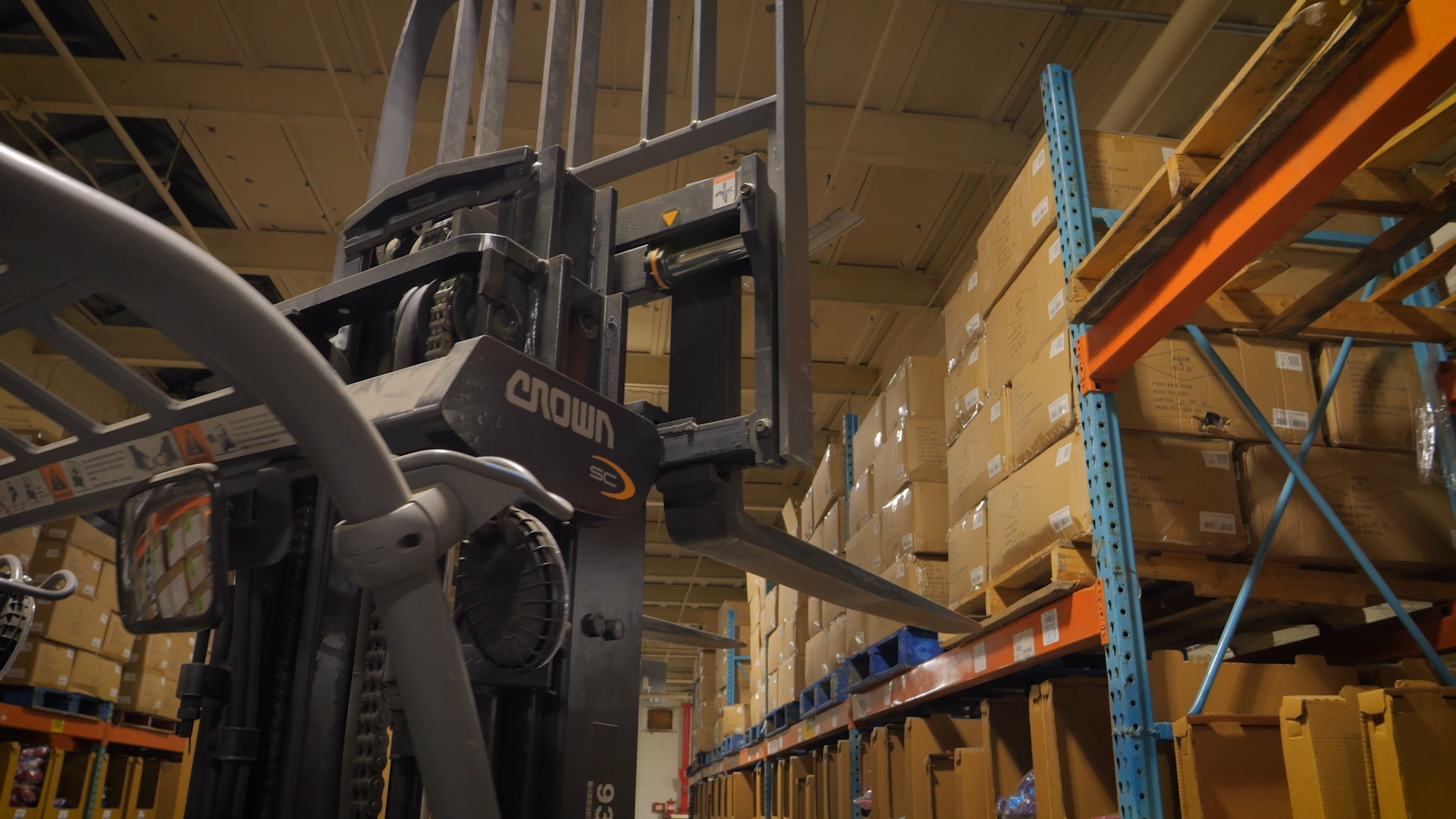
David also appreciated how easy it is to learn how to use Shipbridge. “Shipbridge is really helpful when we have temps and we have new employees; they don’t need to know much,” he said. This is particularly the case during the third and fourth quarters of the year when ShipFlow will often hire 20 to 30 temps to handle the increased workload around the holiday season. Being easy to use meant less time is spent teaching temps how to use Shipbridge. Ezra adds that being able to switch Shipbridge’s language to Spanish is also a big plus.
Like their ecommerce business, the Avidans also brought Sellercloud’s sorting solution, Skublox, into their 3PL operations. With Floopi, Skublox helped them cut down on order fulfillment times, and they knew they could use it to do the same with ShipFlow. “I call it a salad strainer,” says Ezra, “It basically takes all the orders that are coming from the pickers, and it gets sorted through these little cubbies,” each being its own order. Skublox improves fulfillment times as orders are sorted more efficiently. David adds that it also helps eliminate a lot of human error, which also speeds up the work.
Just like with Shipbridge, warehouse workers don’t need to know anything about the orders they’re working on. Ezra explains that Skublox uses lights to direct workers where items need to go, so they don’t need to know anything about the items or the order. Once all the order items have been collected in the bin, the light turns green, and from that point, the shipper takes out the order items and prepares them for shipping, and the bin can be used for the next order. Again, human error is drastically reduced because the system handles everything, and workers do not have to worry about how orders should be handled.
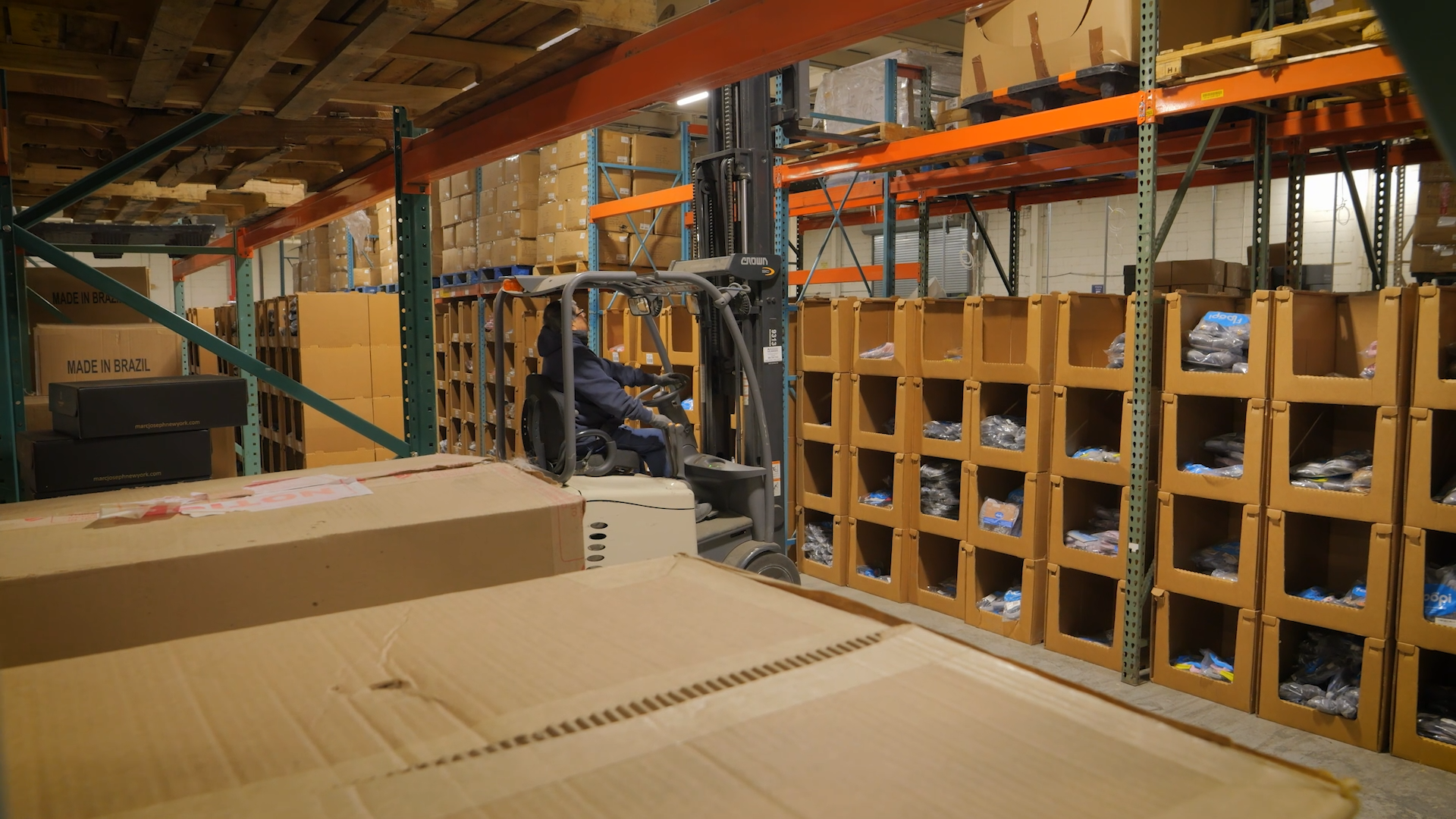

ShipFlow also had a lot to say about Shipbridge, shipping software that comes free with Sellercloud and simplifies their shipping process. “The main process for Shipbridge was to automate. We wanted to take out the human factor,” said Ezra. They wanted to eliminate the need for employees to check and input information and only focus on getting orders out the door. With Shipbridge, employees don’t need to consider adding addresses to orders or carrier selection. “We want the system to move by itself,” explained Ezra.
With Sellercloud, ShipFlow found a solution for all their 3PL challenges. “I like to call it all-in-one,” said Ezra, summarizing how Sellercloud and its ecosystem come together to build a cohesive solution for all your needs.
After Sellercloud
Sellercloud has been supporting ShipFlow’s growth from the moment the brothers decided to get into the 3PL business to the three million plus orders they handle annually today. “We can handle brands that can do 30-40,000 orders a month,” Ezra tells us. ShipFlow is now well-positioned to react to change, quickly scale whenever demand peaks, and provide new clients with whatever they need with Sellercloud.
Whenever they need help, they can always reach out to Sellercloud’s support team. “Sellercloud has really been really helpful with their customer service,” said David. “I think they go above and beyond,” Ezra adds.
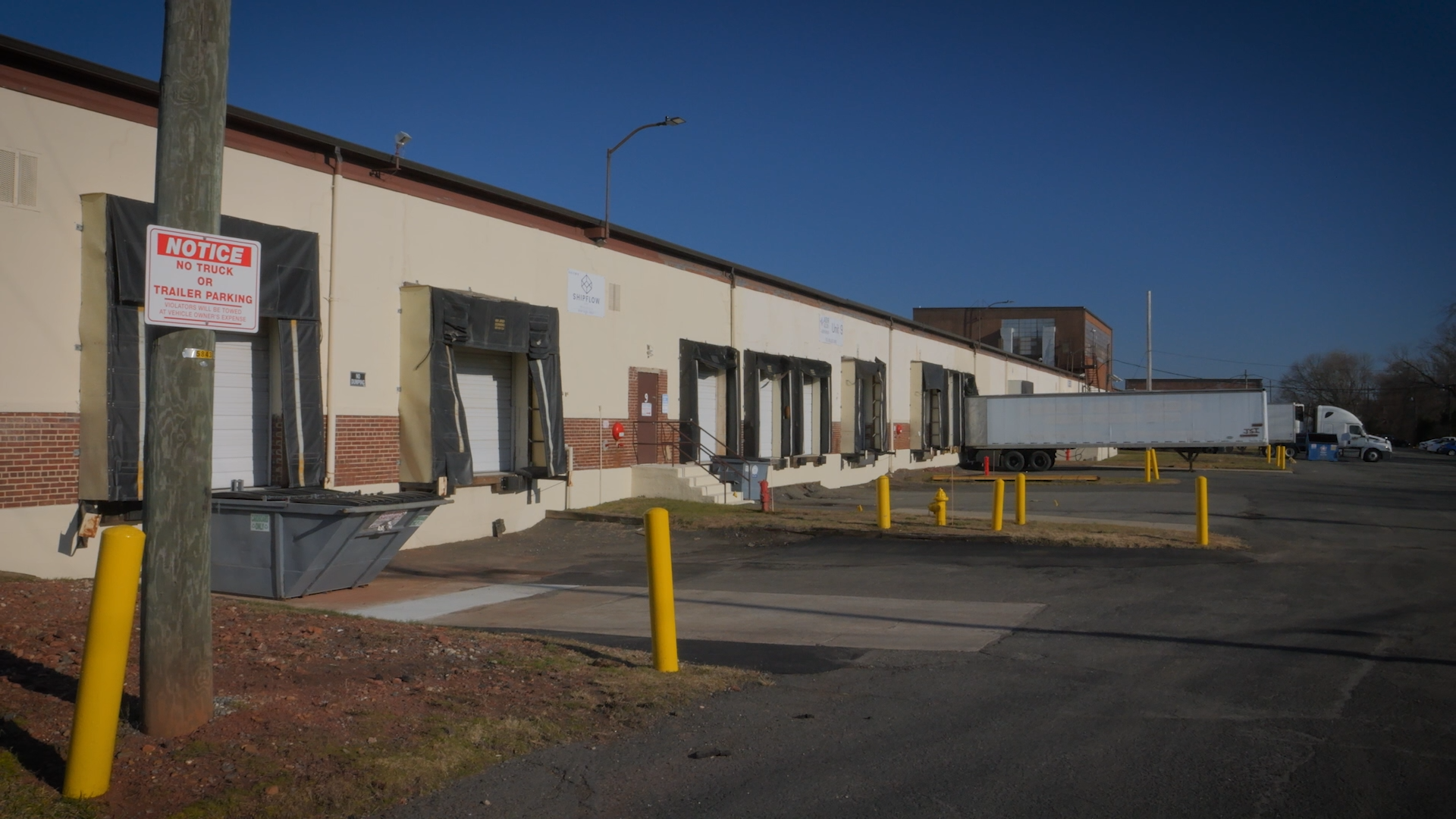
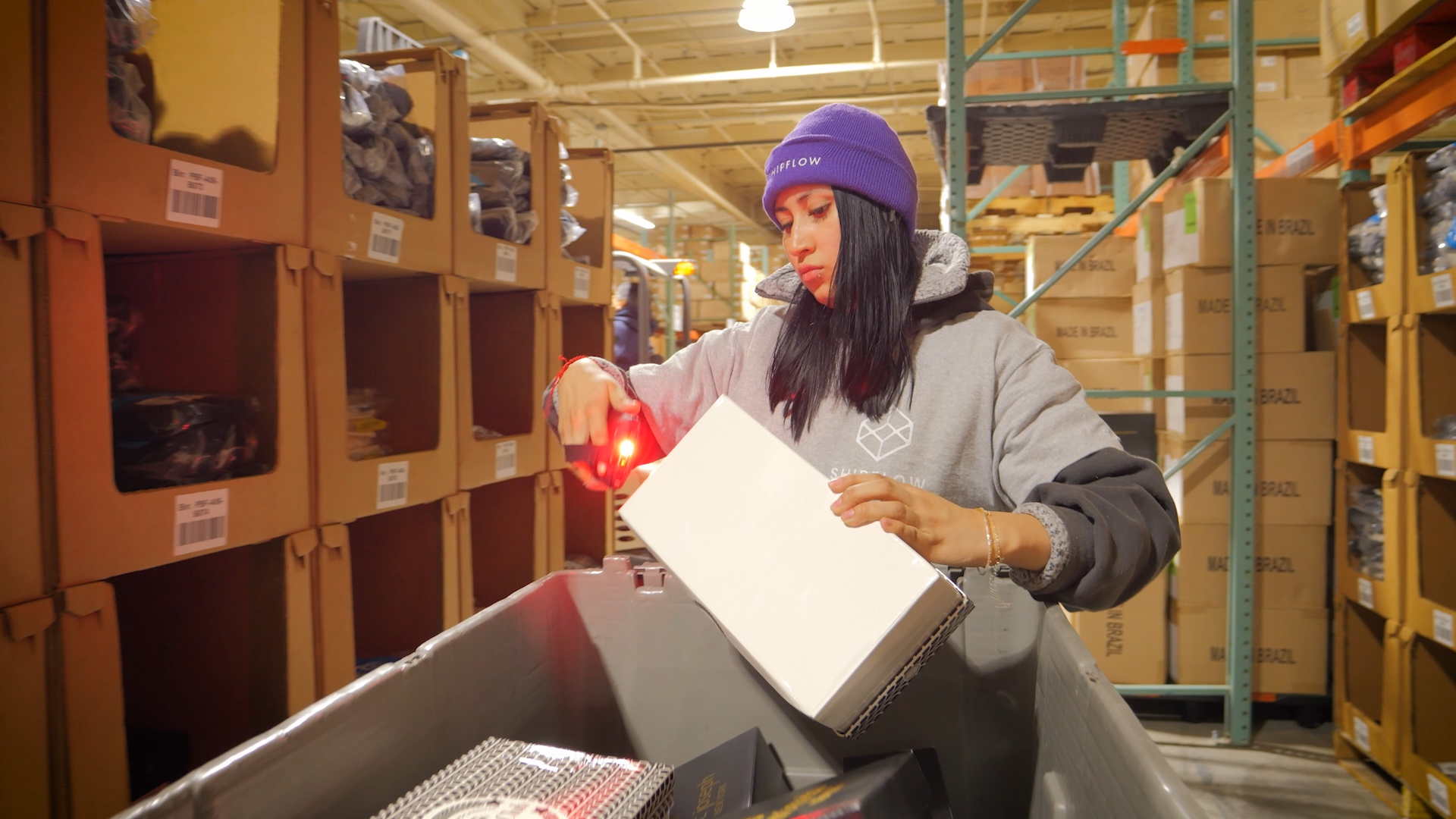
Looking toward the future, ShipFlow looks like it will firmly stick with Sellercloud, given how far it has taken them. Furthermore, the solutions that Sellercloud has provided ShipFlow continue to impress their clients and provide them with what they need. “Our brands, when we onboard them, the system that we put them into, they’re amazed,” said Ezra. ShipFlow’s brands have everything they need at their fingertips.
With Sellercloud, ShipFlow found a solution for all their 3PL challenges. “I like to call it all-in-one,” said Ezra, summarizing how Sellercloud and its ecosystem come together to build a cohesive solution for all your needs.
